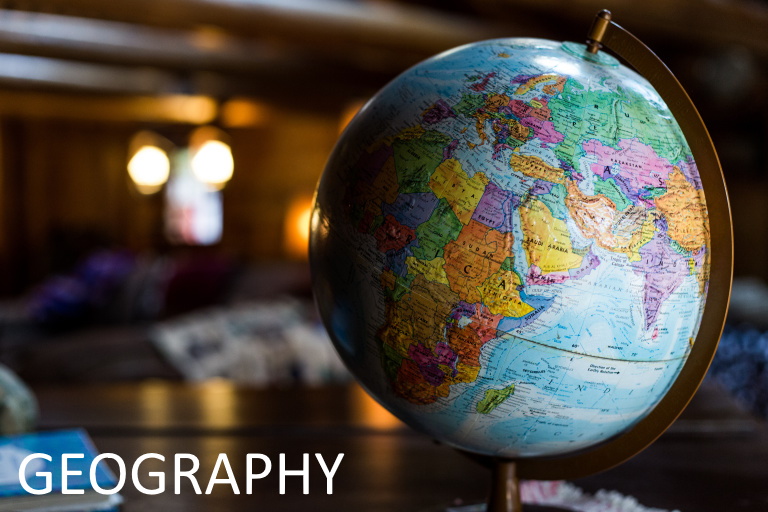5.2.1 Differences and similarities in national and regional approaches
National and regional access to science diplomacy is marked by current political dynamics, interests and, sometimes, of course, by tensions. Against this background, it is important to look at current situations and to recognize and use the strategic possibilities of science diplomacy

Furthermore, scales matter profoundly for the conceptualization of science diplomacy.
The following three dimensions are relevant for national and regional approaches:
| Spatial scale ranges from the sub-national to the global level, and relates to geography (see below) and proximities of space. Science diplomacy targets global challenges but solutions could be designed at regional levels. | Administrative scale is usually referred to in terms of science diplomacy governance. It relates to different governance levels on which solutions can be framed, from the organizational, subnational, and national, to the supranational and the international level, including calls for improved governance frameworks to tackle globally scaled challenges. | Epistemic scale refers to different levels, networks and dispersions of knowledge: specialized epistemic communities, disciplinarily specialized, functionally/professionally specialised and unspecialized epistemic communities. Depending on the available communities different focusses might be established in national and regional approaches. |

Our S4D4C empirical case studies (see Module 7) argue that geography continues to be influential regarding how nation states approach diplomacy in general, and science diplomacy in particular.
Scientific, technology and innovative capacity of a country or a region determines its overall power, next to economic power, competitiveness or education. Therefore, geography plays a role in two main directions:
| Physical geography defines the access to natural resources, such as water, food or fish, among others. Countries or regions have developed certain expertise to address their access to these resources or be part of related negotiations, which ultimately leads to technological innovation and economic growth. Physical geography can be harnessed as a soft-power element of a country (in the international system), to position itself as the leading country in the field, promote its own industry worldwide and foster global alliances with countries with the same needs. | Human geography matters because the extent of cultural, scientific, historical or bilateral relationships either facilitate or hamper collaborations, influence mobility patterns, and shape institutional arrangements. It brings together different countries and cultures beyond physical geography, e.g. the Commonwealth, or Spain and Portugal with Latin American. Human geography may increase or decrease interdependence, the need for negotiations and the likelihood of shared challenges between regions/countries, which influence general diplomatic approaches and the scope of science diplomacy. |

For Van Langenhove (2017), science diplomacy instruments may be classified into three types:
| Strategic instruments are policies which set objectives, describe how something is going to be done and who is responsible for it. They often set the scope and strategic goals for the policy realm (e.g. governmental strategies and action plans). | Operational instruments enable concrete action in a field and enact strategic objectives. They organise mechanisms of action and resource management. (e.g. bilateral and multilateral agreements, science attachés, research programmes and funding schemes) | Support instruments aim to promote or facilitate science diplomacy activities. Those comprise any form of dialogue and training. They may take the shape of meetings and conferences, trade fairs, personal meetings between scientists and policymakers, briefings and explanatory meetings and roundtables. |
Regarding the used instruments, two types of bottlenecks have been generally identified (see the Instruments matter):
- Ruptures occur when there is a gap or missing type of instrument within a science diplomacy practice or process. These occur when the mix of instruments is disjointed, shows a rupture or is insufficiently coordinated.
- Frictions arise during the development of instruments due to a lack of consistency between the objectives of different actors and institutions. This results in sub-optimal outcomes.
In the next country-related chapters, the scales, the geography as well as the setting of the instruments used, play an important role for the strategic development of their science diplomacy approaches.
What the experts think

Mitchell Young
Assistant Professor, Department of European Studies, Charles University in Prague
What are the key similarities that transcend national and regional approaches in the case studies that your S4D4C team has observed?

Charlotte Rungius
Senior Scientific Officer, German Centre for Higher Education and Science Research (DZHW)
What are the main differences between regional approaches?